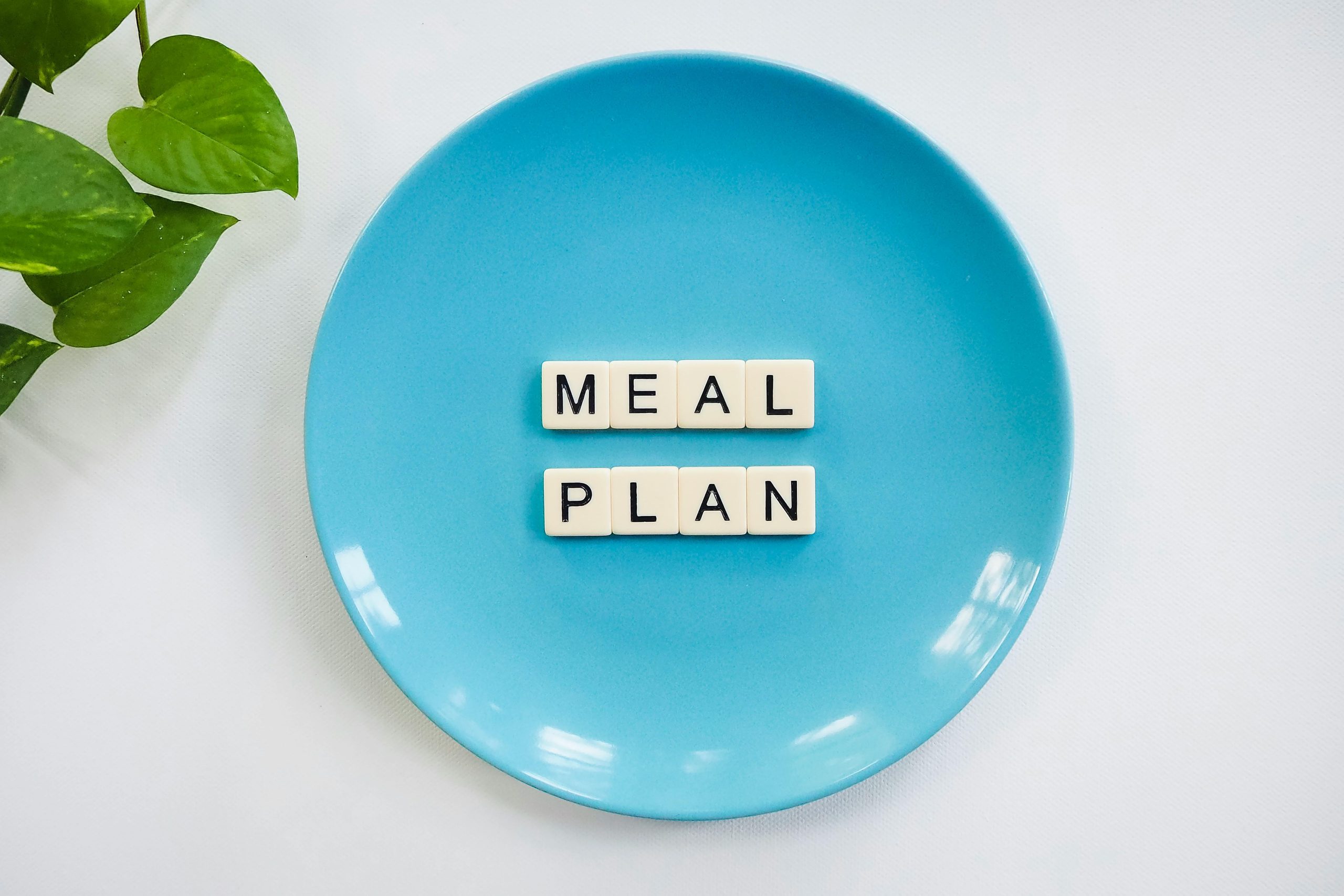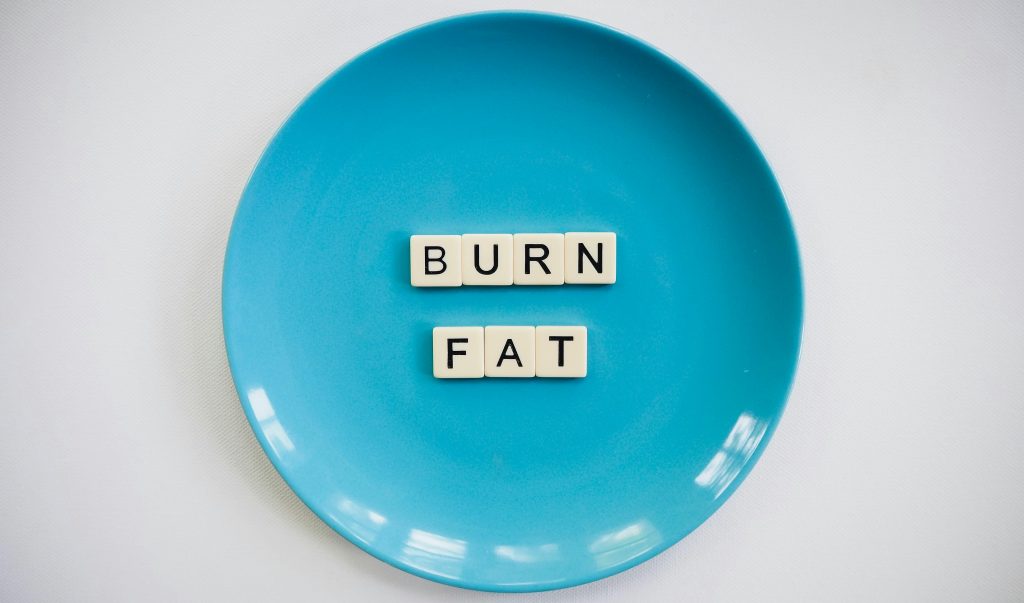
Imagine this: It’s 6:30 p.m., you’re tired after a long day, and the big question hits “What’s for dinner?”
If this scenario sounds familiar, you’re not alone. Deciding what to cook every day can be stressful and time consuming, and it often leads to last-minute takeout or skipping meals.
The good news is that meal planning can completely change the way you approach your week. With a little organization, you can eat healthier, save time, reduce stress, and even save money. And no it doesn’t have to be complicated or take hours of your weekend.
In this guide, we’ll explore simple and realistic meal planning tips that will help you stay healthy and stress-free all week long.
Why Meal Planning Is a Game Changer
Before we dive into the how-to, let’s talk about why meal planning works.
1. Reduces Stress and Decision Fatigue
We make hundreds of small decisions every day, and by dinnertime, your brain is exhausted. Having a plan means you don’t have to think about what to cook—you just follow the plan.
2. Supports Healthier Eating
When you plan meals ahead of time, you can include balanced meals, avoid impulsive snacks, and control portions better.
3. Saves Time and Money
- Fewer last-minute grocery trips
- Less food waste
- Less takeout spending
4. Creates Consistency
Having meals pre-planned helps you stay on track with health goals, whether it’s eating more veggies, controlling calories, or just avoiding skipped meals.
Step 1: Start Simple
One of the biggest mistakes people make is trying to plan too much, too fast. Start small and realistic.
- Plan 2–3 dinners first instead of the entire week.
- Use meals you already like and cook well.
- Add variety gradually to avoid burnout.
Example:
- Monday: Grilled chicken with roasted veggies
- Wednesday: Salmon with quinoa and steamed broccoli
- Friday: Turkey or chickpea stir fry with brown rice
This keeps planning manageable and sustainable.
Step 2: Pick a Consistent Planning Day
Choose a day to plan your meals and grocery shop, and stick to it.
- Sunday works for most people because it sets the tone for the week.
- Or pick Friday evening or Saturday morning if weekends are quieter.
The routine helps turn meal planning into a habit instead of a chore.
Step 3: Build Around Key Ingredients
Instead of planning seven completely different meals, reuse ingredients across meals to save time and money.
Example:
- Protein: Roast a whole chicken. use for chicken salad, wraps, or soup
- Grains: Cook a big batch of quinoa. pair with lunch bowls or dinner sides
- Vegetables: Roast a sheet pan of mixed veggies. add to omelets, salads, or wraps
Batch-preparing flexible ingredients makes weekday cooking much faster.
Step 4: Embrace the Power of Batch Cooking
Cooking once and using it multiple ways during the week is a life-saver.
- Cook a large pot of soup or chili for 2–3 meals
- Make overnight oats or chia pudding for grab and go breakfasts
- Prepare snack boxes with nuts, fruits, and cut veggies
This not only saves time but also makes healthy choices effortless.
Step 5: Use the “Mix and Match” Method
If cooking the same meal bores you, try mixing and matching ingredients instead of cooking completely new dishes daily.
Example Meal Prep Base:
- Proteins: grilled chicken, baked tofu, boiled eggs
- Grains: quinoa, brown rice, whole-grain pasta
- Veggies: roasted broccoli, cherry tomatoes, spinach
Mix & Match Options:
- Chicken + quinoa + spinach = Simple lunch bowl
- Tofu + brown rice + roasted veggies = Plant-based dinner
- Egg + pasta + tomatoes + olive oil = Quick Mediterranean lunch
Step 6: Make Your Freezer Work for You
Your freezer is meal planning’s secret weapon.
- Freeze leftovers in single-portion containers for busy nights.
- Stock up on frozen vegetables and fruits for quick sides and smoothies.
- Double your recipes one to eat now, one to freeze for later.
Freezer meals are stress-free backup plans for those unpredictable days.
Step 7: Keep a “Go-To Meal List”
Even the best planners have weeks where things go off track. Having a list of easy, healthy go-to meals saves the day.
Examples:
- Veggie omelet with toast
- Greek yogurt with berries and nuts
- Peanut butter banana smoothie
- Quick tuna salad with whole-grain crackers
These meals take 5–10 minutes and prevent resorting to fast food.
Step 8: Involve the Whole Family
If you live with family or a partner, share the meal planning.
- Ask everyone to choose one meal per week.
- Rotate cooking responsibilities if possible.
- Let kids help wash veggies, stir ingredients, or portion snacks it encourages them to eat healthier, too.
Shared responsibility reduces the pressure and makes mealtime more fun.
Step 9: Prep Smart Snacks
Meal planning isn’t just about breakfast, lunch, and dinner snacks matter too.
- Wash and cut fruits and veggies ahead of time
- Portion nuts, trail mix, or cheese cubes
- Keep protein-rich snacks like boiled eggs or Greek yogurt handy
Having healthy snacks ready prevents impulsive choices when hunger hits.
Step 10: Be Flexible, Not Perfect
Life happens—unexpected dinners out, late nights, or last-minute changes. That’s okay!
Meal planning is about making your week easier, not rigid.
- Swap meals around if needed
- Freeze extras to use another time
- Keep pantry staples like pasta, canned beans, and frozen veggies for backup meals
Sample 3 Day Meal Plan
Here’s an example of how simple a stress-free plan can look:
Day 1
- Breakfast: Overnight oats with chia seeds and blueberries
- Lunch: Quinoa salad with chickpeas, spinach, and olive oil
- Dinner: Baked salmon with roasted broccoli and sweet potato
Day 2
- Breakfast: Greek yogurt with granola and sliced strawberries
- Lunch: Whole-grain wrap with grilled chicken, hummus, and veggies
- Dinner: Turkey chili with a side of avocado
Day 3
- Breakfast: Veggie omelet with whole-grain toast
- Lunch: Leftover turkey chili or a tuna salad wrap
- Dinner: Stir-fried tofu with brown rice and mixed vegetables
With a few planned meals and prepped ingredients, your week feels lighter, healthier, and more organized.
Final Thoughts
Meal planning doesn’t have to be complicated. By starting simple, prepping smart, and staying flexible, you can reduce daily stress and decision fatigue, eat healthier without overthinking, and save time, money, and energy throughout the week. A little planning prevents last-minute takeout, helps you stick to your health goals, and makes daily life smoother and less stressful.
Think of meal planning as a small investment in your future self a simple habit that delivers long-term benefits for your health, your schedule, and your overall wellbeing.


